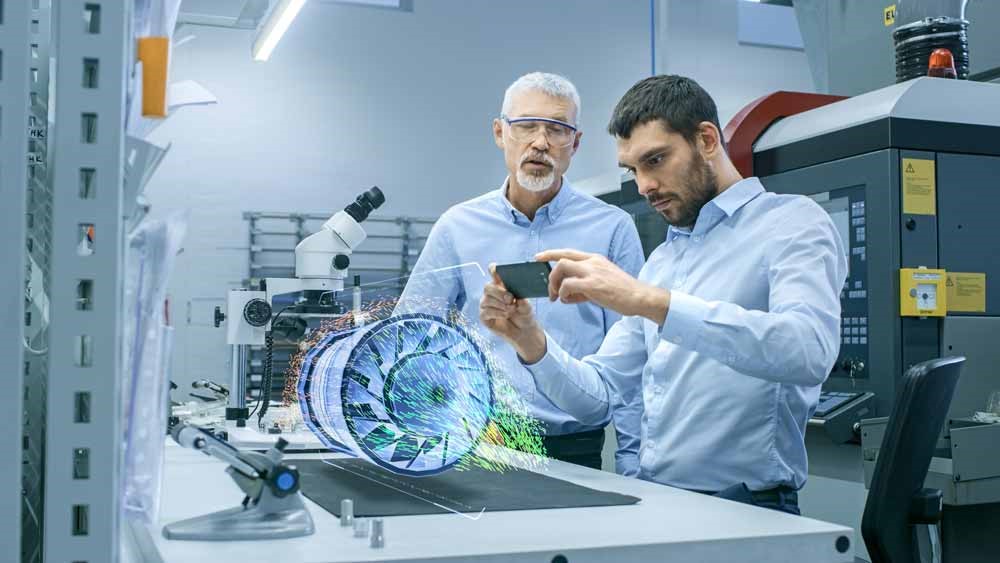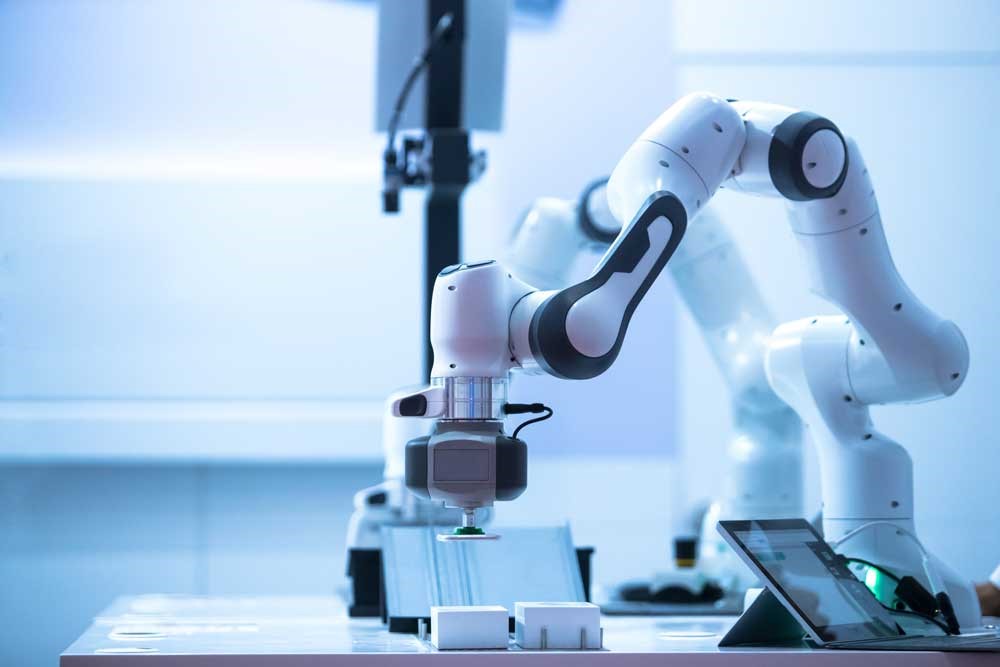Airlines are readily embracing the power of data analytics, machine learning and connected equipment in the form of predictive maintenance, asset tracking, smart workforces, and more. By integrating the networking strength of the Internet of Things (IoT) with exponential technologies like robotics and additive manufacturing, though, airlines could be on a path to realising scenarios once thought impossible.
In the airline industry, cutting costs and saving time are always top-of-mind. The race to embrace the latest technologies to achieve leaner supply chains and smoother operations is on.
The problem is, slight efficiency boosts aren’t enough of a differentiator. Airlines are looking for major innovations that can change the game altogether.
DOWNLOAD:
How could the aircraft repairs look like in the future.
Connected – anywhere, anytime
The Internet of Things (IoT) – networks of sensor-equipped, intelligent technologies that can gather and interpret data and then take action based on it – is increasingly being looked to as this very game-changer.
In fact, according to a report by Deloitte, 37 percent of surveyed airline leaders are already investigating or making use of IoT improvements to lower costs and 86 percent expect to benefit from IoT within the next three years.
EXECUTIVE PERSPECTIVE:
Making IoT a reality – what does it take from an executive perspective?
By 2020, the report states, 20.8 billion objects will be connected to the IoT, leading to an expected savings of one trillion dollars by 2022.

How will IoT impact the aviation industry?
According to another report by multinational professional services firm, Ernst & Young, IoT has a potential for impact in four key problem areas within the industry: safety, the passenger experience, profitability and environmental sustainability.
Safety
The majority of flight-related accidents are generally not the result of technical failure. In fact, flying is one of the safest ways of transportation. Accidents tend to occur due to human error rather than the material failing.
IoT networks offer a solution to this, and many airlines have already embraced it.
»Many current aircraft are equipped with fly-by-wire, which introduces a layer of logic between the pilots’ inputs and the control actuators, to translate pilots’ intentions into aircraft behaviour while eliminating the risk of overload, damage or loss of control,« says the report from Ernst & Young.
Some other examples of the IoT’s potential for increasing the safety of air travel are:
- Automated passenger passport and security checks — pulling from multiple sources. such as biometrics and contextual information for increased levels of assurance.
- Checked-in luggage security that covers 100% of bags — assuring that nothing slips through the cracks.
- Self-repair and intelligent fault management — increasing the lifespan and safety of aircraft.
Passenger experience
Already in use, we see:
- Connected in-flight entertainment systems.
- In-flight, high-speed Wi-Fi and cell reception.
- Delivery of purchases to the gate.
- Telemedicine systems.
Some other potential applications on the horizon:
- Integrated check-in, security and boarding service — shortening passenger lead time down to 30 minutes.
- Autonomous food-dispensing trolleys.
- Virtual assistance through mobile phones — helping with in-flight services and airport guidance.
Profitability and environmental sustainability
With shrinking profit margins and increasing pressure to reduce their environmental impact, airlines that want to remain competitive may have no choice but to turn to IoT technology.
MARKET OUTLOOK:
A glimpse of the industry 20 years from now.
The use of smart sensors, for example, could enable the reconfiguration of the aerodynamics of aircraft, according to conditions. This could lead to fuel savings — potentially up to 50 kg per flight, the report from Ernst & Young states.
Some other applications:
- Continuous descent approaches and real-time flight path control — saving fuel and upping passenger comfort.
- Automated aircraft and service vehicle management — saving fuel and time as well as reducing traffic.
- Additive manufacturing — improving efficiency through on-demand parts.
- Augmented reality — leading to faster, safer and more accurate design and maintenance.
Where should you focus your efforts?
There are a lot of places where IoT could be applied. This is particularly true in the aviation industry, where new technologies are being readily leveraged to save time and money. While many players are already benefiting from efficiencies gained from IoT, it’s difficult to know where to start. How do you know which smart devices are the right fit for your own organisation?
EXECUTIVE PERSPECTIVE:
Join a team of aviation executives, as they share their know-how of fostering an innovative environment in organisations.
- Where in your airline can deploying IoT drive cost savings over the next 18 months?
- Do you have a data management strategy for IoT?
- How can you accelerate adoption of IoT across the airline?
In answering these questions, you’ll ensure that the IoT initiatives you land on are aligned with overarching business objectives and can contribute to holistic IoT networks that are manageable and scalable.
Above all, though, success in this area means getting started quickly, improving and scaling—or in the words of the Deloitte report:
»Think big, start small, and scale fast.«
FIND OUT:
How does an organisation mitigate the risks associated with implementing IoT?
